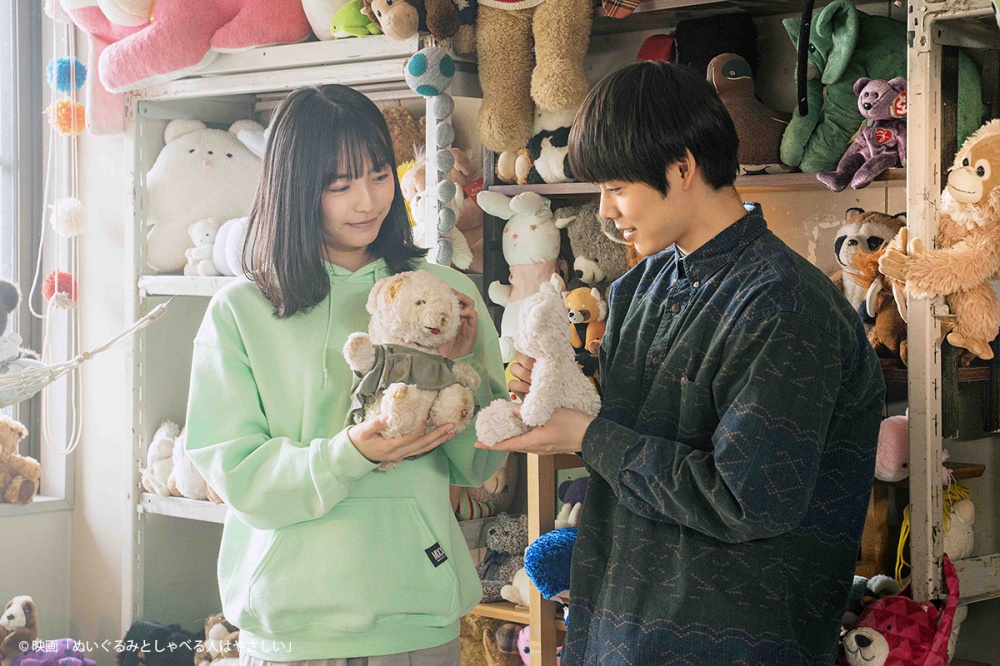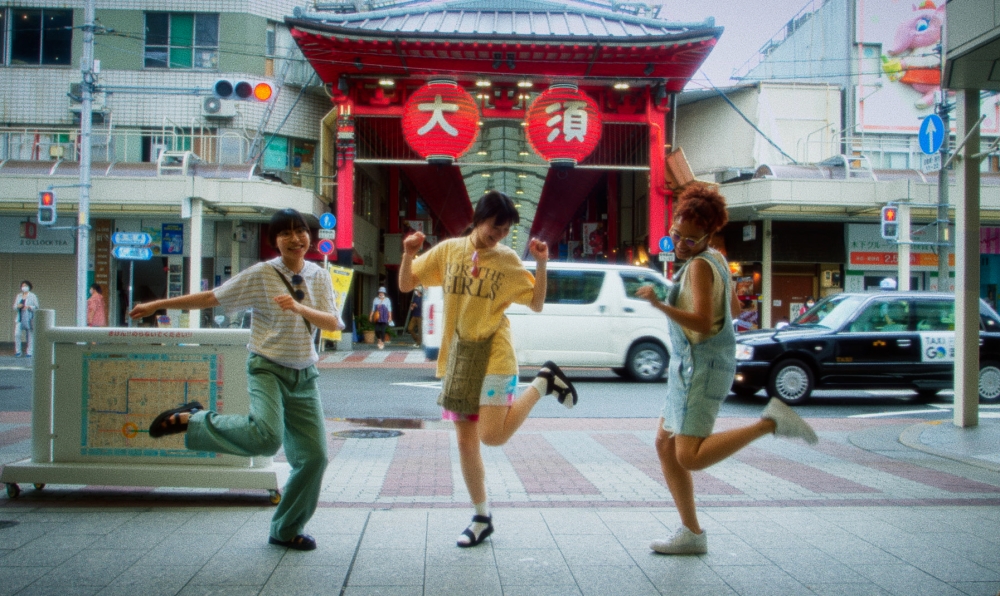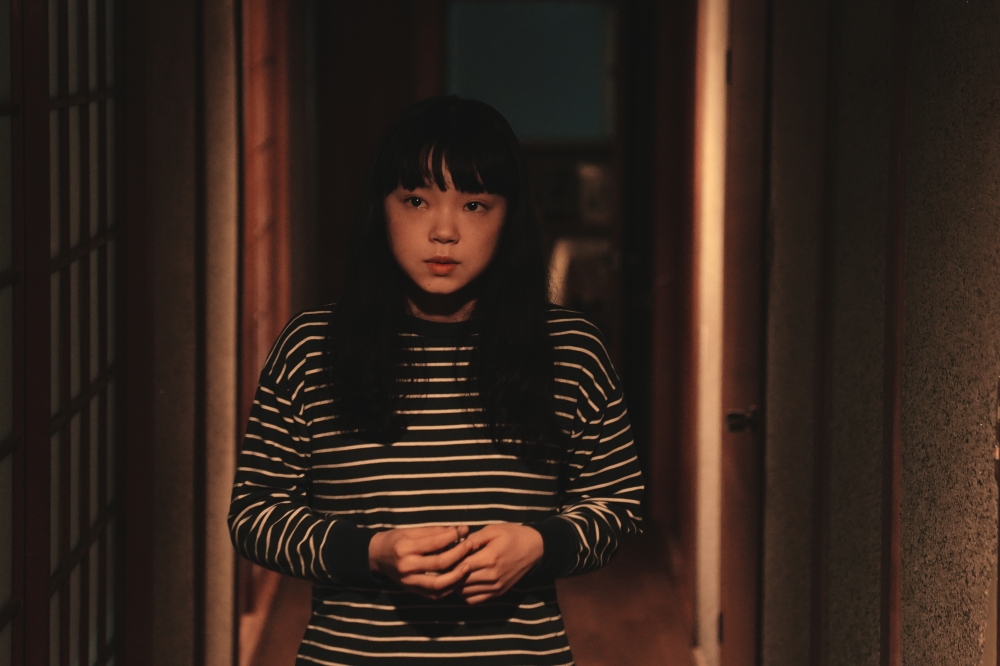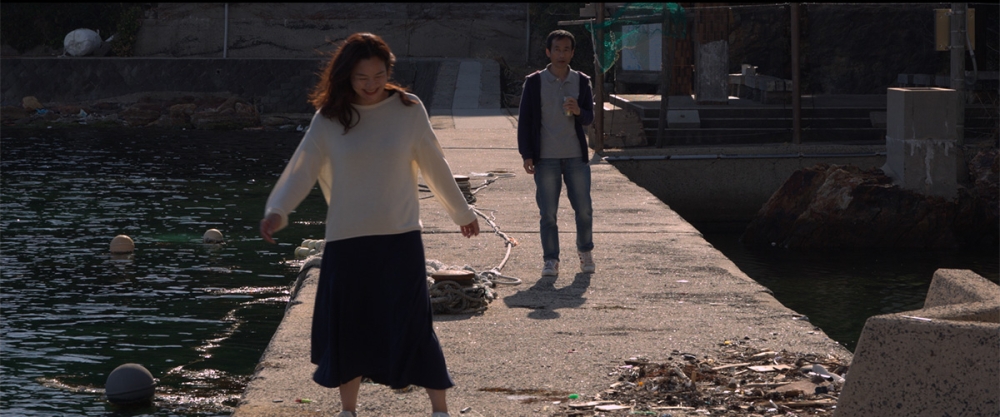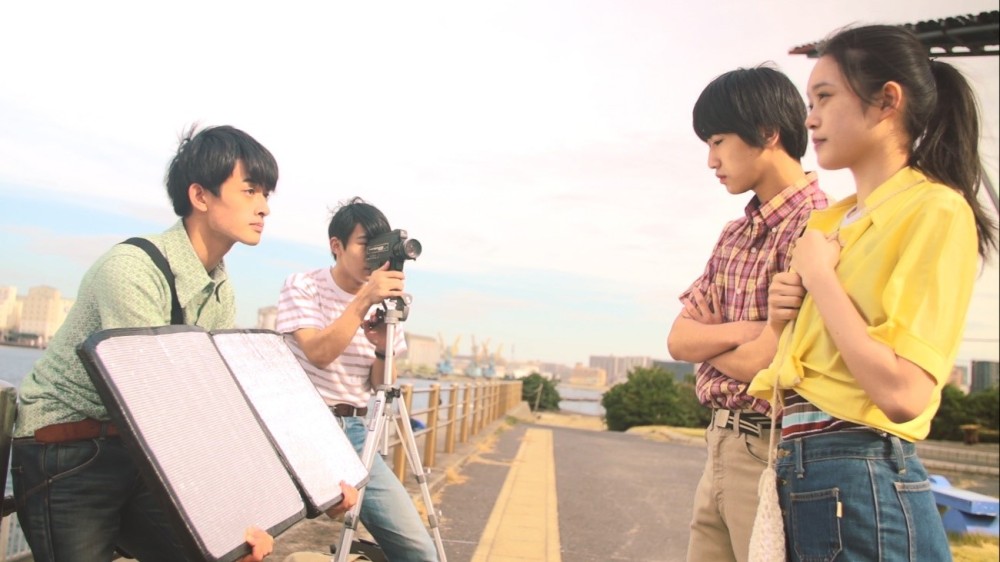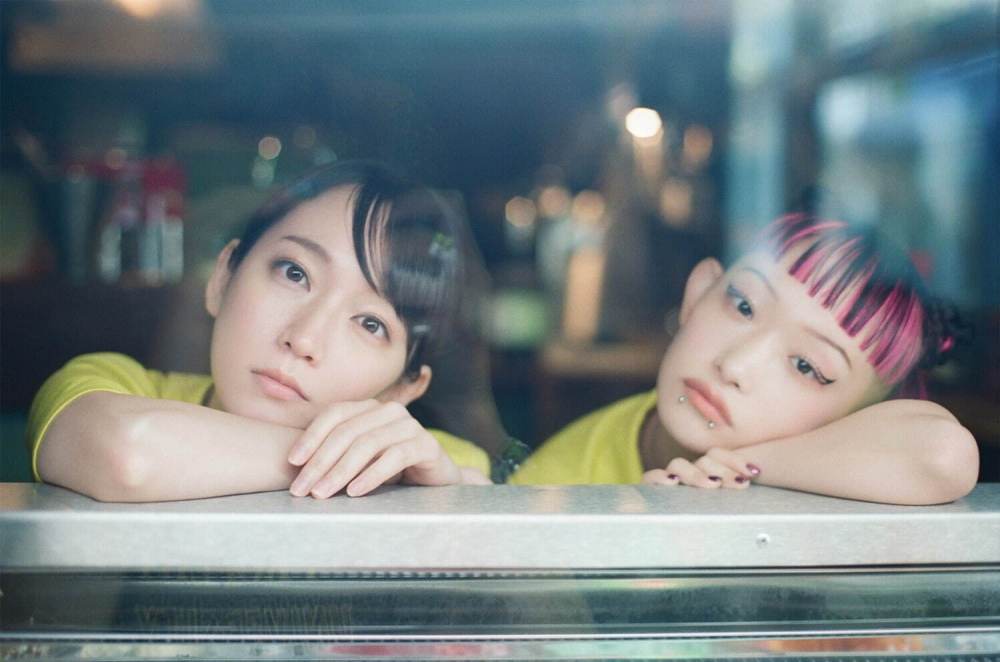Introduction
Another year is coming to a close. As the last few days of this year are dwindling, we cast our eye on the many Japanese movies this year brought us and decide the best ones. Making such list is never easy – how to compare the contributions of directors to different genres? – and always partial – ah, another film I missed. Yet, despite these structural problems, I do want to offer my readers a glance at what I consider the best movies of this year.
Some readers will notice that some high-profile films are missing – partiality, I told you so. There is a possibility that, after analyzing some movies from 2023 in 2024, I’ll feel the need to adjust the list. However, I will not change the order nor delete films. Rather, any new additions will share their ranking.
The selection
15) December by Anshul Chauhan
December is a highly moving and emotionally powerful narrative that explores the struggle of a subject to shake of the winter of his subjectivity. That Chauhan’s narrative ends up being so powerful is not merely due to the effective narrative structure and its great visual composition, by due to the cast that breathes a genuineness in the maelstrom of emotions that the re-examination of the case brings about.
14) People Who Talk To Plushies Are Kind by Yurina Kaneko
People Who Talk to Plushies Are Kind is a narrative that will surprise audiences because it utilizes the sensitive and touching sketching out of the different functions a plushie can have for a subject to deliver a biting critique on the failures of the societal Other. Kaneko convincingly shows that the symptomatic usage of the plushie attempts to repair the tensive bond with the Other or subdue its overbearing presence.
13) Following The Sound by Kyoshi Sugita
Following The Sound is an incredible narrative about the subject’s struggle to deal with his loss. What makes Sugita so powerful – and sets it apart from other similar narratives, is the fact that he, by relying on body language and facial expressions, succeeds in making the spectator grasp that loss is a silent force that infests every signifier and act.
12) Plastic by Daisuke Miyazaki
Plastic proves that Miyazaki’s unsatisfying Tourism (2018) was merely an exception – a misstep never to be repeated. By bringing his love for music together with an evocative composition, Miyazaki creates a moody narrative that highlights the equivocal functionality of music for the subject as well as the destructive impact of not being able to create an inter-subjective between two ego’s in love.
11) Side By Side by Chihiro Ito
Side By Side is a rather peculiar narrative – a peaceful dream-like visual experience that celebrates both the impact subjects have on each other as well as the manner in which the subject remains opaque to himself and the other. Ito proves that she has mastered the art of atmospherics and has the skill to engage the spectator with her visuals and her unusual but well-structured stories.
10) Ripples by Naoko Ogigami
With Ripples, Ogigami delivers an incredible narrative. With her quirky sense of humor, she delivers one of the most illuminating explorations of the effect the gap between the imaginary equilibrium of the ego and the hidden broiling subjective discord has on relational functioning.
9) Lonely Glory by Keitaro Sakon
Lonely Glory is an impressive debut feature by Keitaro Sakon. By being able to rely on a talented cast and by crafting a composition that accommodates the performances, he succeeds in infusing his narrative about selfish benevolence with a rough emotional naturalness that engages and affects the spectator.
8) Best Wishes To All by Yuto Shimotsu
Best Wishes To All is a surprisingly satisfying horror-narrative. What makes Shimotsu’s film so good is that he found a style of horror that does not cheaply exploit well-trod compositional tricks and avoids being a mere knock-off of another director’s approach to horror. Shimots proves that one can still be creative in the horror-genre. In fact, he even shows the way J-horror needs to go to regain its relevance and acclaim.
7) Okiku and The World by Junji Sakamoto
Okiku And The World proves that one can still deliver a refreshing narratives within the jidai-geki genre. While this kind of humanistic story about the lower classes has been created before, Junji Sakamoto proves that the frame of the period drama can still be elegantly exploited to explore the human condition. Highly recommended.
6) Is This Heaven? by Shinji Imaoka
Is This Heaven? is an experimental narrative that gives the idea of wandering spirits a fresh and whimsical spin. With his narrative, structured around alcohol and its effect on the social fabric, Imaoka elegantly invites the spectator to analyse the effects of the myriad encounters and formulate an answer to the question as to whether this place is truly heaven or not.
5) Techno Brothers by Hirobumi Watanabe and Yuji Watanabe
Techno Brothers offers an amazing blend of arthouse minimalism and weird deadpan comedy. While Watanabe’s unique techno road-trip will not satisfy everyone – the strangeness will be off-putting for many, anyone who loves directors with a clear artistic vision will enjoy Watanabe’s latest unique comedy.
4) Single8 by Kazuya Konaka
With Single8, Kazuya Konaka does not merely deliver a fictional account of a period in his adolescence, but offers the spectator a heartwarming invitation to re-find, within oneself, one’s (nearly extinguished) passion for creation. Yet, what allows Konaka’s narrative to have such an effect on the spectator is not simply the pleasantly structured narrative, but the performances that bring the passion that drives our students to finish their low-budget movie genuinely to life.
3) Tea Friends by Bunji Satoyama
Tea Friends investigates, in a very touching way, the radical discordance between the societal field and the elderly subject. Sotoyama does not merely touch upon the failure of society to deal with problem of isolation and solitude, but reveals how the discourse young people have of the elderly subject aggravates the hidden contemporary social drama. Highly recommended.
2) Ice-cream Fever by Tetsuya Chihara
Ice Cream Fever offers a gorgeous stylish exploration of the subjective struggles and the solutions subjects invent within the field of love and desire. What elevates Chihara’s narrative is the fact that the stylistic choices are not merely window-dressing, but end up heighten the emotional impact of the subjective trajectories on the spectator. Tetsuya Chihara, thus, does not merely fulfills the expectations, but exceeds them.
1) Burden of The Past by Atsushi Funahashi
With The Burden Of The Past, Funahashi’s delivers a contender for this year’s best Japanese film. It is not only an emotionally upsetting experience but also a powerful piece that confronts the spectator, subjected to the societal Other, to his own complicity to the high rate of recidivism. The Other, riddled by blind fear and violent preconceptions, does not merely fail the ex-convict, but ultimately ‘invites’ him/her to repeat their past criminal failures.
